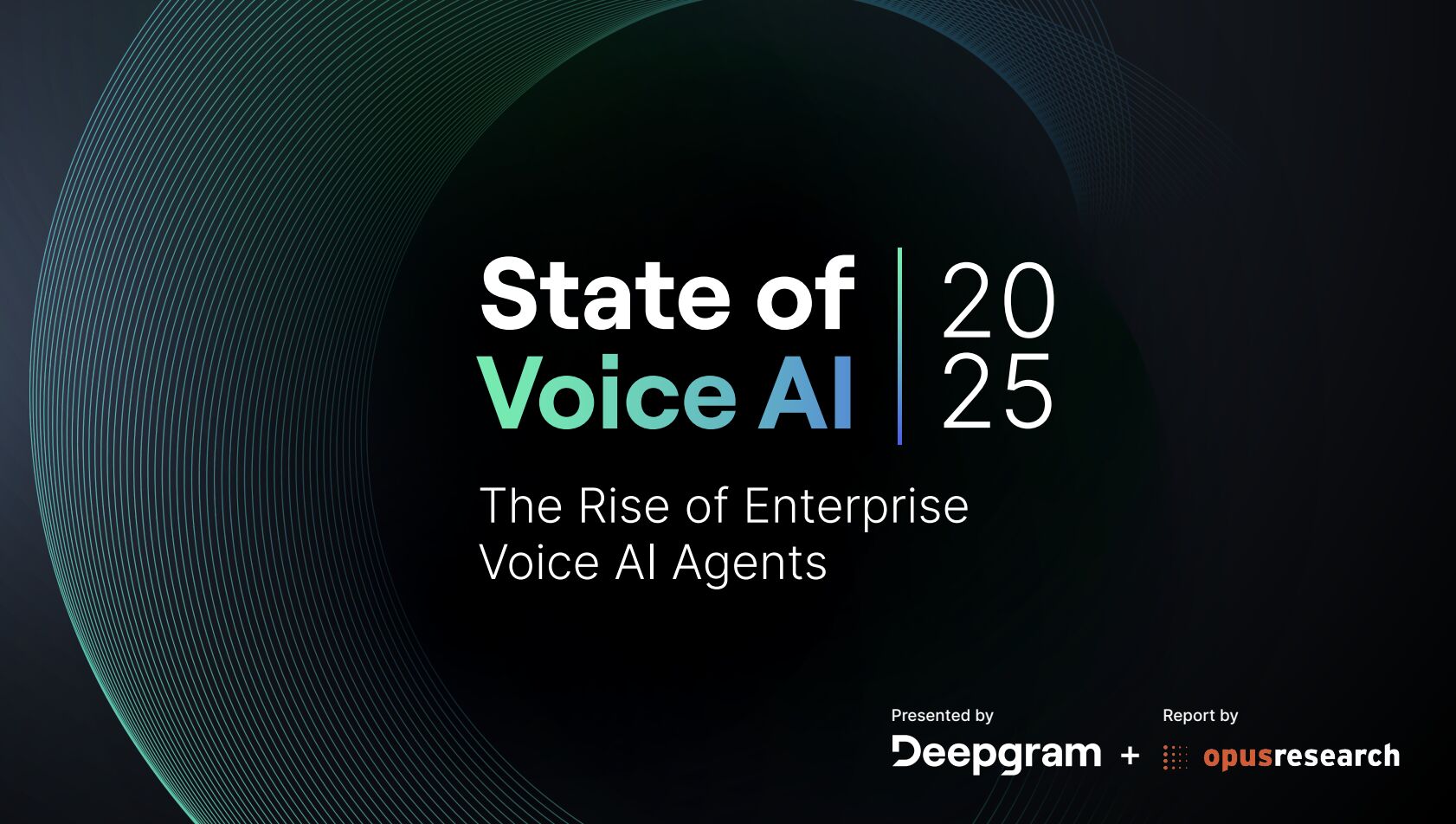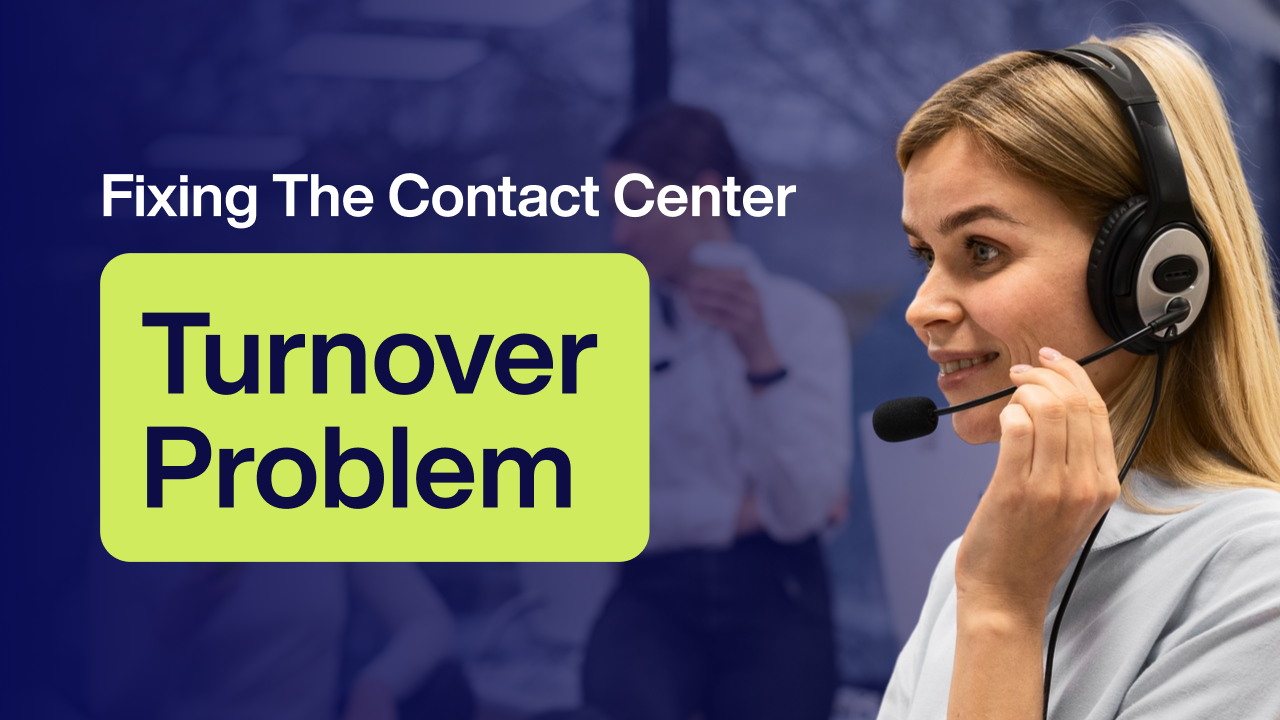E-commerce's Hybrid AI Advantages: From Order Status to Complicated Returns


The E-commerce Volume Challenge
E-commerce companies face extreme customer service demands: thousands of routine inquiries during normal periods, explosive volume during peak seasons, and complex relationship-building needs for high-value customers.
Pure AI approaches buckle under relationship complexity. Human-only strategies collapse under volume pressure. Smart e-commerce companies are discovering that hybrid models solve both problems simultaneously.
Where AI Dominates E-commerce Support
Order Tracking and Status Updates
AI handles the majority of customer contacts—simple order status requests. Customers want immediate answers about shipping progress, delivery dates, and tracking information without human conversation.
Basic Product Information
Size charts, availability checks, shipping policies, and return procedures follow predictable patterns that AI manages efficiently. Customers researching purchases appreciate instant, accurate information.
Simple Returns and Exchanges
Standard returns within policy guidelines require no human judgment. AI can verify purchase dates, generate return labels, and process refunds automatically for straightforward cases.
Account Management Tasks
Password resets, address changes, and payment method updates involve routine account administration that customers prefer to handle quickly through automated systems.
Where Human Expertise Creates Value
Complex Return Situations
When customers return expensive items claiming damage, request exceptions to return policies, or need creative solutions for special circumstances, human agents provide judgment and relationship preservation that AI cannot match.
High-Value Customer Relationships
VIP customers and large order accounts expect personalized attention, proactive service, and relationship building that requires human emotional intelligence and business acumen.
Escalated Complaints and Issues
Angry customers, shipping disasters, and product quality problems need human empathy, creative problem-solving, and authority to make business decisions that restore customer confidence.
Cross-selling and Upselling Opportunities
Identifying genuine customer needs and recommending appropriate products requires human understanding of customer context and business relationship dynamics.
Peak Season Scaling Strategy
Volume Absorption Through AI
During holiday shopping periods, AI absorbs massive increases in routine inquiries—order status checks, shipping questions, and basic product information, without additional staffing costs.
Human Focus on Revenue Protection
Peak seasons generate the most complex issues: expedited shipping requests, gift delivery problems, and high-stakes customer situations. Human agents focus entirely on these revenue-critical interactions.
Flexible Resource Allocation
Hybrid models scale efficiently because routine volume increases get handled automatically while human capacity targets the issues that most impact customer relationships and revenue.
Customer Lifetime Value Impact
Relationship Quality vs. Efficiency Balance
Hybrid models optimize customer lifetime value by providing efficient service for routine needs while investing human attention in relationship-building opportunities and problem resolution that drives loyalty.
Retention Through Appropriate Service
Customers appreciate instant resolution for simple questions and expert attention for complex problems. This alignment between service delivery and customer needs strengthens long-term relationships.
Revenue Growth Through Better Problem Resolution
When complex issues receive proper human attention, customer retention improves significantly. Happy resolution of difficult problems often creates stronger customer loyalty than perfect routine service.
Implementation Success Factors
Effective e-commerce hybrid models require intelligent routing that recognizes customer value and interaction complexity, seamless escalation processes that preserve context, and performance metrics that balance efficiency with relationship outcomes.
Ready to optimize your e-commerce support with hybrid AI-human models?
EGS helps retailers design customer service systems that scale efficiently while building valuable customer relationships.

No Spam —
Just Good Stuff.
Join our newsletter for actionable advice, insider knowledge, and strategies that drive real results.
No fluff, just value.
.png)
%20(1).png)
From The Blog
Read All Articles
How Hybrid AI Voice Bots Elevate CX and Make Agents Unstoppable

AI‑Human Hybrid Support That Elevates Fraud Detection and Compliance

How Hybrid AI Streamlines Healthcare Revenue Cycle—Without Losing the Human Touch

AI-human hybrid quality assurance for supply chain accuracy

Why Nearshore Hybrid BPOs Outperform Offshore Automation Centers

AI + Human QA on the Line: How Hybrid Teams Raise Manufacturing Quality

Why Nearshore Hybrid BPOs Outperform Offshore Automation Centers

How AI-Human Collaboration Elevates Quality Assurance in Modern Manufacturing

Hybrid AI That Keeps Schedules Full: Reducing Patient No‑Shows and Burnout

Why Nearshore Hybrid BPOs Outperform Offshore Automation Centers

Hybrid AI That Quietly Fixes Healthcare RCM—Starting With the Schedule

How AI-Human Collaboration Raises the Bar on Manufacturing Quality Assurance

How Hybrid AI Tackles the Toughest Banking Service Moments

AI + Human QA: How Hybrid Teams Catch Defects Early and Strengthen Audits

How Hybrid AI Cuts Churn in Telecom and Retail—Without Losing the Human Touch

Hybrid AI for Financial Services: Faster Resolution, Stronger Compliance, Human-Centered Support

Hybrid AI That Fills Schedules and Eases Burnout: Reducing Patient No-Shows in Healthcare

Hybrid AI-human support that strengthens fraud detection and compliance—without breaking customer trust

AI + Humans: Elevating Quality Assurance on the Factory Floor

AI-human hybrid quality assurance for supply chain accuracy

Hybrid AI That Keeps Schedules Full—and Clinicians Fresh

AI-Human Hybrid Support: Stronger Fraud Detection and Compliance at the Contact Center

Why Nearshore Hybrid BPOs Outperform Offshore Automation Centers

From Empty Slots to Full Days: Hybrid AI Scheduling That Reduces Burnout

From No‑Shows to Full Days: Hybrid AI That Fixes Provider Schedules Without Burning Out Staff

From Empty Slots to Full Schedules: Hybrid AI That Boosts Access and Reduces Burnout

Stop the Scheduling Spiral: Hybrid AI That Fills Schedules Without Burning Out Providers

Stop Empty Slots from Fueling Burnout: Hybrid AI-Human Scheduling for Health Systems

From Empty Slots to Full Days: Hybrid AI Scheduling for Health Systems

From Hold Music to Full Schedules: Hybrid AI That Lifts Provider Productivity Without Burning Out Staff

Stop the Scheduling Whiplash: Hybrid AI That Fills Last‑Minute Openings Without Burning Out Your Staff
.png)
Stop the Scheduling Spiral: How Hybrid AI Keeps Providers Productive and Patients Seen
.png)
AI & Financial Services: Where Compliance Meets Conversation
.png)
Customer Service & Experience East 2025 (Reuters Events)
.png)
NACHC’s Workforce Conference (formerly FOM/IT)
.png)
Healthcare's AI-Human Sweet Spot: When Empathy Meets Efficiency
.png)
Choosing the Right Contact Center Technology Stack for Your Industry
.png)
Order Management Support: Where AI Excels & Where It Fails
.png)
Customer Success vs. Customer Support: When to Use AI vs. Human Touch

687% Increase in Referral Processing in 6 Months: How One Healthcare Organization Turned Its Patient Support Around

5 Warning Signs Your Medical Referral Process Needs Immediate Attention

AI‑Powered Healthcare Contact Centers: What CX Leaders Need to Know

AI‑Powered Healthcare Contact Centers: What You Need to Know

Healthcare Contact Centers: What Others Are Just Diagnosing, EGS Has Already Solved

Real-Life Use Cases of Contact Center Automation for Cost Reduction

5 Proven Use Cases of Contact Center Automation That Cut Costs by Up to 30%

How Leading Companies Are Reducing Support Costs and Boosting Customer Satisfaction with AI

Real-Life Use Cases of Contact Center Automation for Cost Reduction

Unlocking Efficiency, Speed, and Patient Satisfaction through AI

How Healthcare Leaders Can Leverage AI to Transform Customer Experience (CX)

FQHC-Led Medicaid ACO Innovation: How Illinois is Reinventing Community Care through Value-Based Models

Expanding Access to Mental Health: How Telebehavioral Health Is Transforming Care in Frontier Idaho

Idaho’s Medicaid Expansion: Fueling Growth and Stability in Community Health Centers

Integrating Native Hawaiian Healing Practices: A Cultural Shift in Community Healthcare

Connecting Islands Through Telehealth: How Hawaii’s FQHCs Are Breaking Barriers with Virtual Care

How EGS Leverages Extensible, Integrated Technology to Simplify Health Systems

Addressing Georgia's Maternal Health Crisis: How FQHCs Are Leading the Way

Georgia’s Medicaid “Pathways” Program: A Partial Step, A Full Challenge for FQHCs

Delivering Care in the Fields: How Florida’s FQHCs Reach Migrant Farmworkers with Mobile Clinics

Florida’s FQHCs: The Safety Nets Holding Up Primary Care in a Non-Expansion State

Bridging Academia and Community Health: How Delaware’s FQHCs Are Driving Wellness Through University Partnerships

EGS Hybrid Scheduling Model: Optimizing Medical Services for Hospitals and Clinics

The Landscape of Ai in 2025. It's not what you're hearing.

The Future of Hybrid Customer Experience

Live Agents + Ai (Not the other way around)

Grace™: The Hybrid AI Voice Bot Revolutionizing Customer Experience

340B Drug Savings as a Lifeline: How Delaware’s FQHCs Sustain Care for Vulnerable Communities

Transforming Specialty Care Access Through E‑Consult Innovations in Connecticut FQHCs

How Connecticut’s PCMH+ Model Empowers FQHCs to Coordinate Medicaid Care

Integrating Behavioral Health into Colorado FQHCs: A Proven Model for Whole‑Person Care











.png)


.png)
.png)
.png)
.png)
.png)
.png)
.png)
.png)
.png)
.png)





